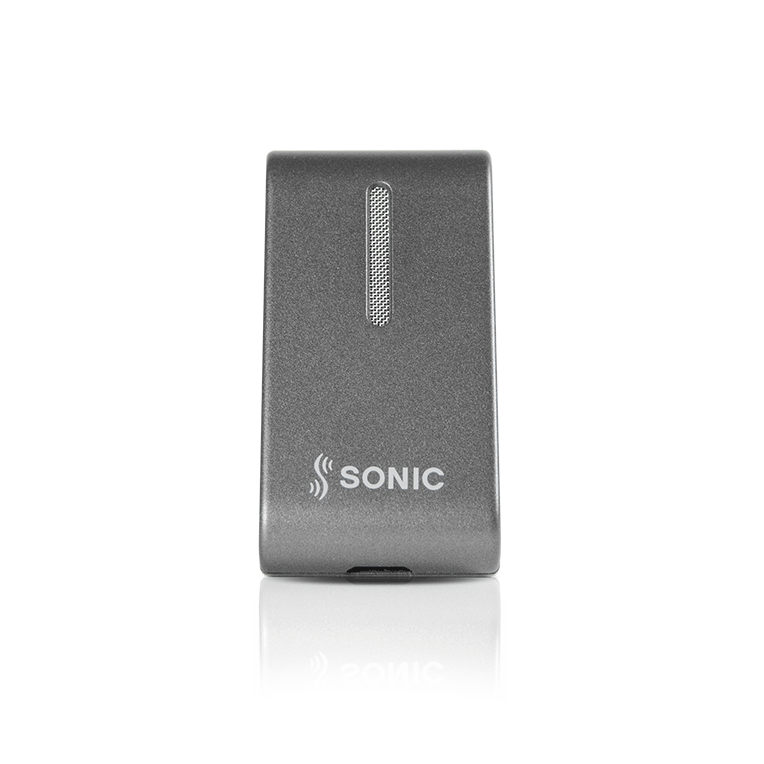The USB or Universal Serial Bus is an invention that was made to take over the aged printer port data cable solution, which had dominated the PC market for a very long time. While we were satisfied with transfer rates, when compared to today's technology, seemed a bit dismal, innovations like the USB and the Fire Wire port have revolutionised offline data transfer and the computer's plug and play potential.
Previously, there was no easy way we could install any new piece of hardware, and all of our solutions seemed to be only internet and hard wired to the motherboard, and this is because there was no viable consumer method to connect hardware easily to the computer from an external source.
One of the issues of course was power; and the only power source was the PSU unit inside the PC casing, and power units (till this day) are not designed with external output sources where you can plug in your devices. All power would be routed to the motherboard in the form of expandable slots like the AGP (which only came later), the PCI (which was the most common place to install new hardware) and of course the RAM slots, where you could place in more memory.
Of late, the options for expansion have of course been changed drastically, no longer with simple IDE solutions inside the motherboard. Now, you have high speeds like SATA, which tripled the potential speed of SATA based hard drives, obliterating the use of IDE cables and clunky power unit dongles. The AGP was done away with and the PCI was upgraded to the PCI express, which seemed to be the all in one solution for installing new hardware like modems, sound cards, graphics cards, independent multimedia solutions for the computer.
One of the most beneficial technological moves the computing world did was the introduction of the USB port, which allowed the user to install any piece of hardware that was USB enabled; which of course now covers anything from external hard disks, printers, scanners, sound devices, DVD roms etc - the list is endless.
You can even convert your PC into a design studio with USB attachments. With USB 2.0, it is an upgrade with better power management and of course, higher transfer speeds for data, which opened up the market to new mobile phones, PDAs etc. When using the USB 2.0, you might be encountering driver problems, especially when you are installing one fresh from the counter and not incorporated into the motherboard.
Usually, there are very easy ways you can do this and it either is actually a simple task of downloading fresh drivers from the internet or, if you have Windows, allow it to override the manual driver installation and install it based on its own database. Many of your USB 2.0 driver problems will be done away with easily. So there you have it; a brief explanation on the USB, its functions and how to do away with those pesky driver installation problems that people always encounter.
Click Here to download Driver Scan for free and instantly troubleshoot your USB 2.0 driver problems. Logan Albright is an authority on troubleshooting drivers issues at http://www.driverscan.org and has helped many to optimize their computers for peak performance. Article Source: http://EzineArticles.com/?expert=Logan_Albright |


